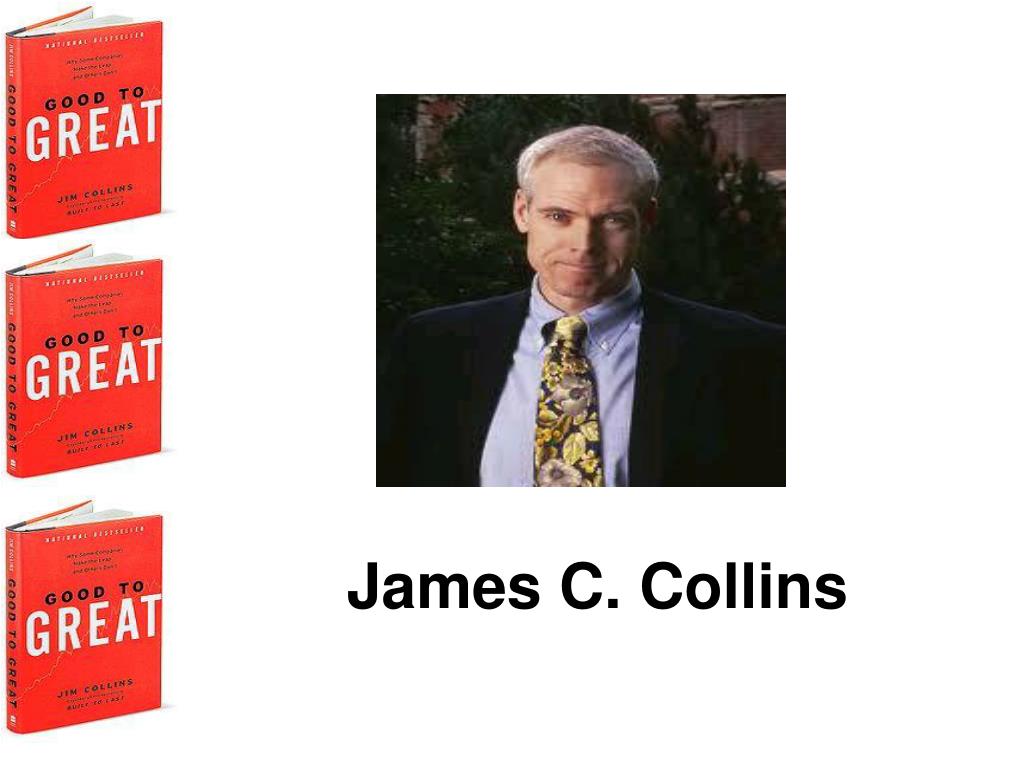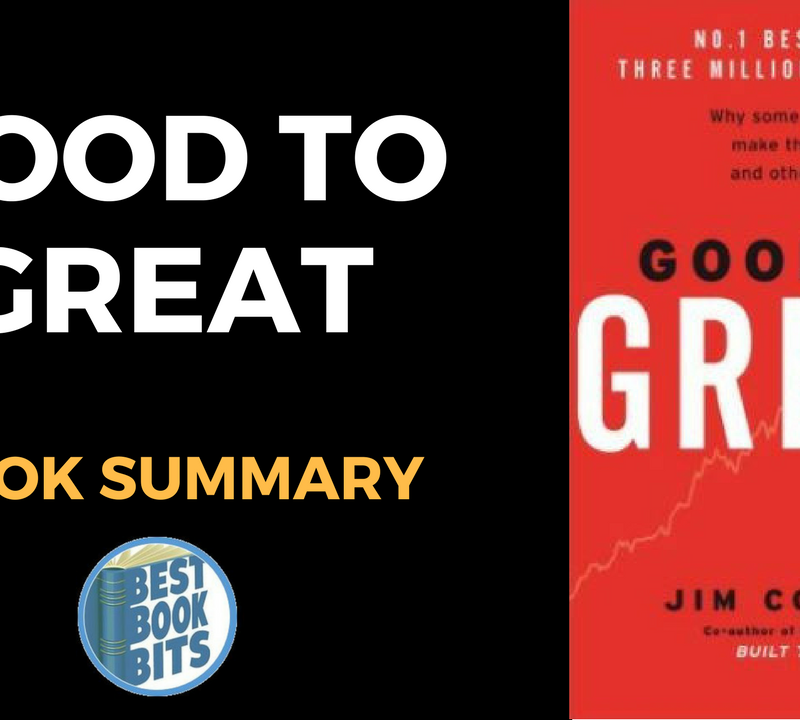


Then review the core values and establish a vision.

In fact, the leaders of companies that went from good to great started not with “where” but with “who.” Start by getting the right people on the bus, the wrong people off the bus, and the right people in the right seats. Get the right people on the bus : People assume that new business leaders immediately begin by announcing where they’re going-by setting a new direction or by articulating a fresh corporate vision. “Mix personal humility with professional will” Collins found these leaders were committed to the long-term success of their organizations, and many rose to a leadership role from within the company. Level 5 leaders establish a set of core values focused on a higher purpose than mere profit generation.

They remain humble learners while having a steadfast resolve. Level 5 leaders also have intense determination and profound humility. Level 5 leaders achieve better results than the “strategic and effective” Level 4 leaders. Specifically, Collins defined “Level 5 Leadership” as a key to moving from good to great. Level 5 Leadership : Jim Collins found a common characteristic of the great companies was great leadership. Lean East has summarized each chapter into a single lesson and converted the lessons into a process that can transform an organization from Good to Great. The book’s chapters cover each part of the Flywheel image and explain how the Great companies achieved breakthrough results. Instead, Collins found that successes resulted from three main factors: The Flywheel from Good to Great by Jim CollinsĬollins learned that factors such as CEO compensation, technology, mergers and acquisitions, and change management initiatives played relatively minor roles in moving from Good to Great. Key points can be summarized by the image below – this post will summarize the key lessons any top executive can follow. The book is a bestseller that has become a management strategy classic on how to grow a successful company and our team has given the book as a gift to numerous organizational leaders. Collins and his team tried to discover what the “great” companies did differently from the comparison companies and the general market. He researched hundreds of companies to identify sets of “good” companies where one became “great” while a close competitor failed. The book is really a research project led by Collins as a follow-up to his book Built to Last: Successful Habits of Visionary Companies. Influential management professor Jim Collins released the popular Good to Great: Why Some Companies Make the Leap…and Others Don’t in 2001.


 0 kommentar(er)
0 kommentar(er)
